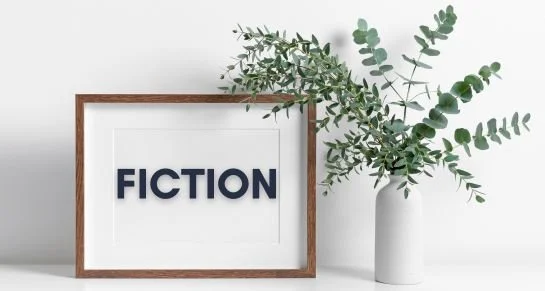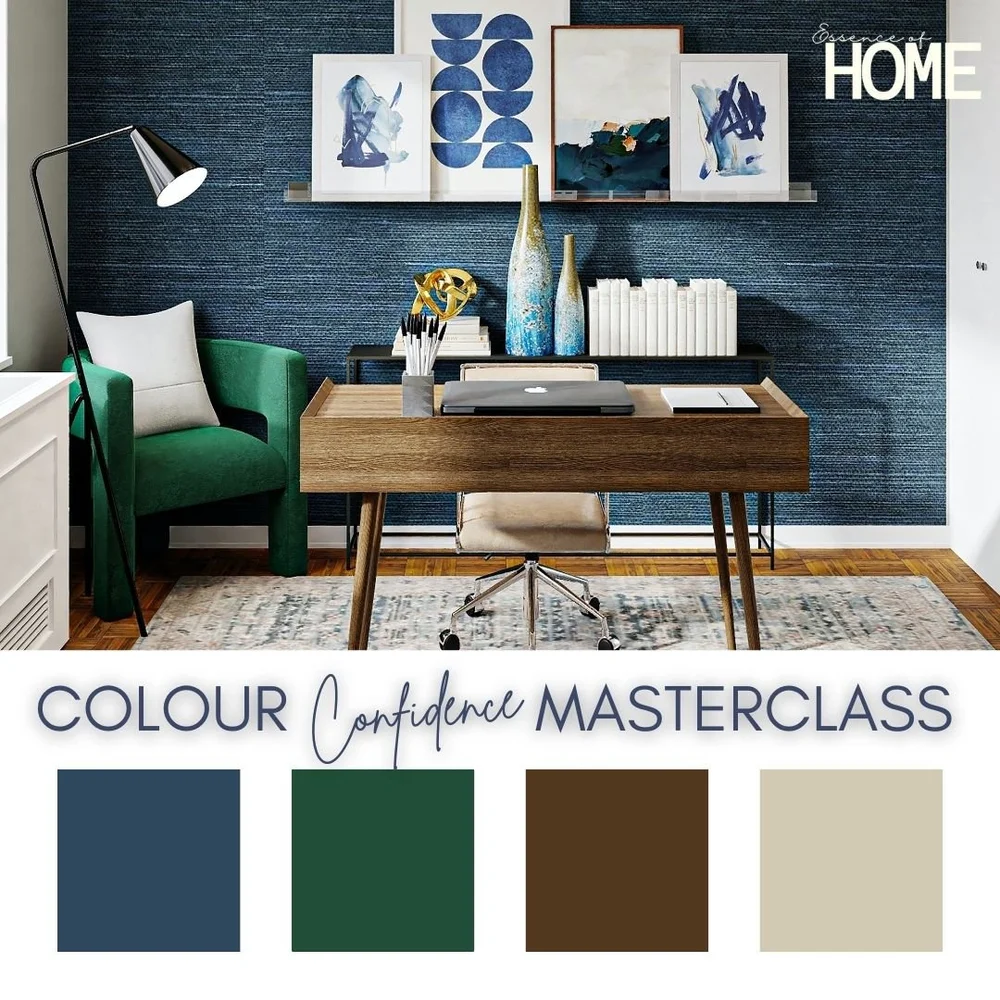How much truth is there to colour psychology? There are some bold claims out there about it. When it comes to your home these broad-brush statements about colour psychology are misleading and could compromise your wellbeing. Discover the fact...

White means hope and innocence,
red means confidence and drive,
yellow means happiness and warmth ...
How much truth is there to colour psychology?
I’ve seen some bold claims on social media about colour psychology, including posts along the lines of “if you like the colour pink then you are sensitive, driven and resilient.” I’m sorry, this is boloney and, as a psychologist, I need to call it out.
These broad-brush statements about colour psychology are misunderstood at best. When people who shape their audience’s design decisions make assertions about colour psychology, they are potentially compromising the wellbeing of their readers.
Statements like “yellow makes you feel happy and optimistic” might resonate for some but, for many of you, too much yellow can be overstimulating and lead to feelings of agitation.
In this article, I want to help you sort fact from fiction when it comes to colour psychology so you don’t spend your hard earned cash on trending colours only to discover they don’t feel good to you.

Fact: the truth about colour psychology
Colour psychology refers to the impact of colours on human emotion, behaviour and cognition. Researching the way colours influence us is tricky business because, for every colour, there are hundreds of tints, shades and tones, all of which affect our perception and response.
Nonetheless, studies have shown that colour elicits a range of emotional responses which influence our behaviour and decision making. For example:
Colour affects our mood – cooler, muted colours create a sense of calm compared to brighter, warmer colours which feel energising. However, when it comes to the specific colours that make you happy, that is a very personal thing.
Lighter, brighter colours reflect light and make a room feel more expansive so this works well in smaller, darker spaces. Darker colours, such as charcoal, absorb light and can make a space feel more intimate.
Colours can influence our behaviour – and businesses such as retailers and website designers use this to their advantage, prodding us subconsciously to buy more or stay longer. The colour of your plate or dining environment can influence how much you eat.
Colours can change the way we think with studies showing that we can be more creative and pay more attention to detail when primed with certain colours. The colour of someone’s clothes can change your perception of them and even the colour of a pill impacts how effective we perceive it to be in managing pain.
Your preference for particular colours and colour combinations is influenced by certain personality traits such as how extroverted and open to experience you are.
Certain colours cause our brain to secrete neurotransmitters and hormones that signal threat or safety, and our body responds accordingly. For example, red causes heightened arousal in our body, increasing our heart rate and preparing us to respond to a threat.
What do studies on colour psychology tell us?
We know, for a fact, that colour has a profound affect on our body, our mind, how we experience a space and our overall wellbeing.
What these studies can’t tell us, are what your colour preferences say about you and the precise ways in which a specific colour will affect you.
Despite this, social media is awash with baseless colour psychology assertions such as “if you like blue, you are a calm and level-headed person”.

Fiction: colour pop psychology
While blue is associated with calm and relaxation for some people, there is no evidence to suggest that this is a universal experience across individuals and cultures. In fact, some people may find blue to be a cold and uninviting colour.
So if you like blue, it doesn’t mean you’re a particular personality type or someone who can or can’t be trusted to keep their cool under pressure. It doesn’t mean much about you at all, except that you are a person who likes the colour blue.
In reality, our associations with, and response to, colour are very personal and nuanced. Any carte blanche statement about the affect a colour will have on you or who you are based on the colours you like, should be taken with a grain of salt.
Beware of statement such as:
“People who love [insert colour] are [insert personality traits]”.
Or
“[Insert colour] symbolises [insert words like purity, generosity, trust, intelligence]”.
What does all of this mean for creating a colour scheme for your home?
Choosing the best colours for your home is not just an aesthetic decision. The colours you surround yourself with influence how you feel, think and behave. When your wellbeing is potentially impacted by design decisions such as your home’s colour scheme, it’s worth spending a bit more time and energy getting it right.
The colour psychology that matters the most in your home is your colour psychology. We all have different psychological associations with colour based on our childhood experiences, personal taste, culture and personality.
Becoming confident with using colour in your home comes from understanding yourself – who you are, why you like the colours you like (and dislike others), and the biological and cultural colour associations deeply embedded in your psyche.
Colour confidence also comes from learning a bit of colour theory such as the difference between hues, tints, shades and tones, and how to use the colour wheel to explore different colour combinations that work well for your personality.
When choosing a colour scheme for your home, you have three options:

Try to figure it out for yourself with a whole lot of trial and error (as well as money and stress!),
OR
Copy trending colour palettes (the options can feel overwhelming after all),
OR
Get some expert help to understand your personal colour psychology and build your own unique colour palette based on the colours that soothe you, inspire you and bring you joy. It’s not as hard to do as you might think with the right guidance, knowledge, tools, templates.
If you’d like to discover your own unique colour palette for your home, then I can help! In the Colour Confidence Masterclass, I’ve created a step-by-step process to reveal your personal colour psychology, build your colour confidence and pull together a cohesive colour scheme for your home. You’ll not only love the aesthetic of your new colour scheme, but you’ll feel happier, more at ease and more comfortable in your home.
Hope to see you there!










